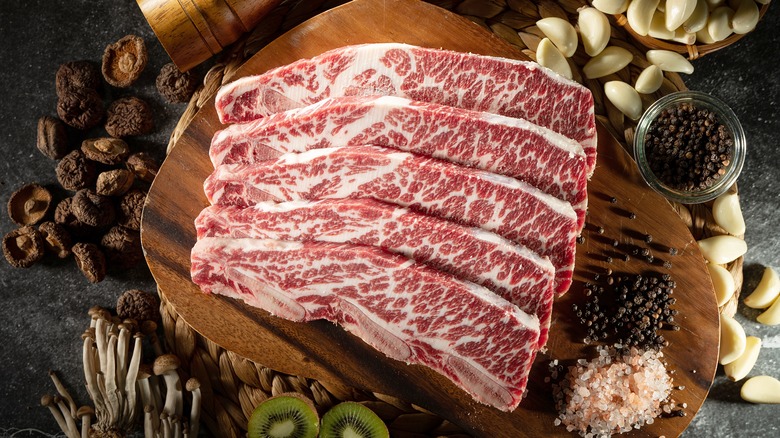
Introduction
Setting the Scene for Delicious Ribs
For many, ribs are a quintessential part of a great barbecue. They are tender, flavorful, and sure to impress guests at any outdoor gathering. However, before they can be grilled to perfection, they need to be thawed safely and appropriately. That's where understanding how to defrost ribs comes into play. Many home cooks may be tempted to rush this process, but understanding the right methods for defrosting meat can make a significant difference in the taste and texture of the finished product.
The USDA offers three safe methods for thawing ribs: refrigerator thawing, cold water thawing, and microwave thawing. Each of these methods has its own advantages and disadvantages. For instance, while refrigerating ribs provides the safest option, it requires planning ahead, as it could take a full day based on the weight of the ribs. On the flip side, cold water thawing is faster but requires more attention and care.
As an avid barbecue enthusiast who has experimented with several methods, applying these guidelines ensures that not only will the ribs taste great, but they'll also be safe to eat. Let’s dive deeper into understanding the best practices for defrosting ribs, keeping food safety as our top priority!
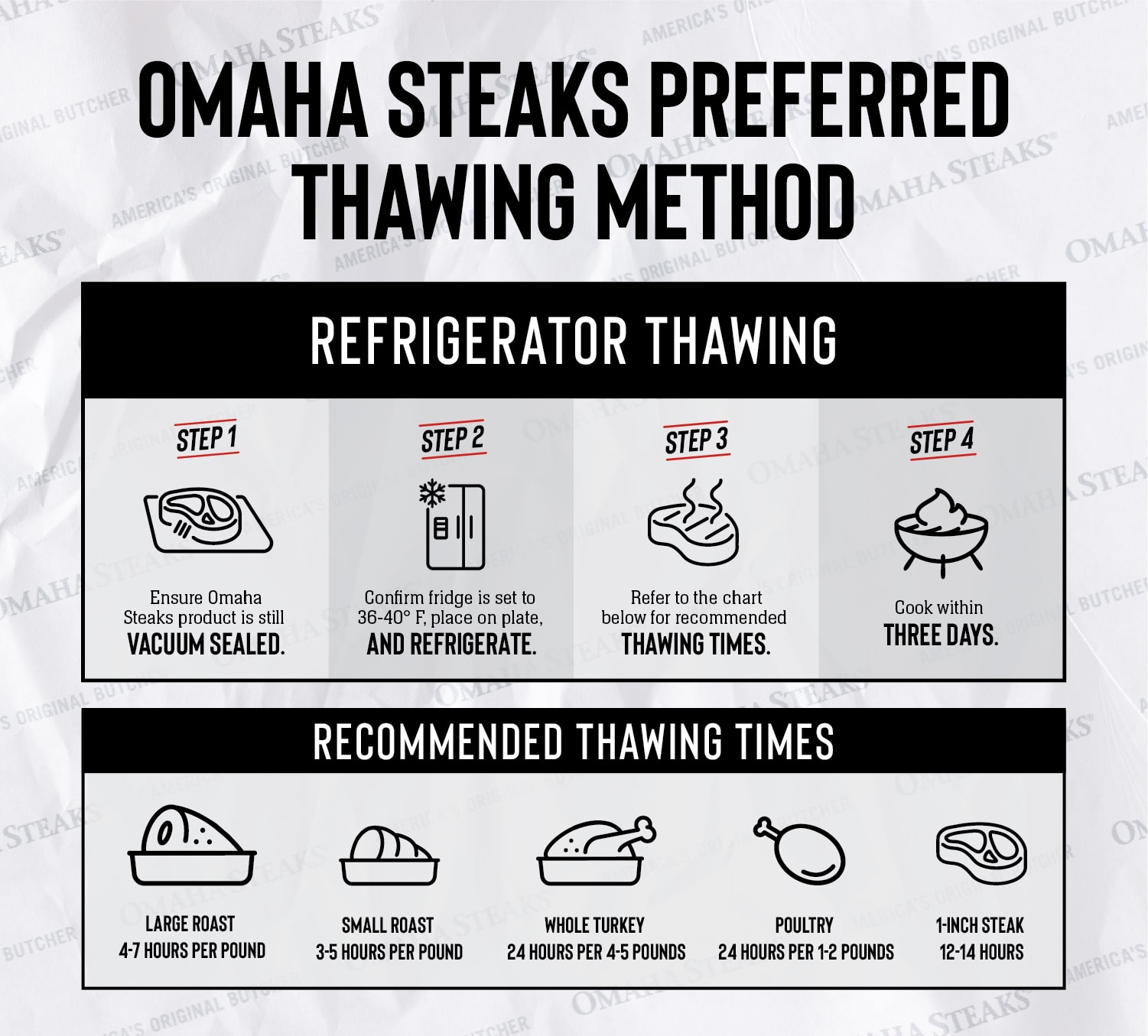
Understanding the Defrosting Process
The Importance of Safe Defrosting
When tackling the defrosting process, particularly for ribs, keeping food safety in mind is crucial. Many people might not realize that thawing incorrectly can lead to foodborne illnesses. According to the USDA, raw or cooked meat must remain at safe temperatures during the thawing process, ideally below 40°F.
This concept comes into play especially when considering common defrosting mistakes. For instance, placing ribs on the countertop or using hot water might seem easy and quick, but both methods can quickly push the ribs into the dangerous "Danger Zone" where bacteria thrive.
Safe Thawing Methods
Here are the three USDA-approved methods for thawing ribs safely:
- Refrigerator Thawing: This is hands-down the safest method. Simply place the ribs on a plate in the fridge, allowing sufficient time for 24 hours of thawing for every 5 pounds.
- Cold Water Thawing: A quicker method that entails sealing the ribs in a leak-proof bag and submerging them in cold water, changing the water every 30 minutes to maintain a safe temperature.
- Microwave Thawing: This is the fastest option but requires immediate cooking post-thawing due to uneven heat distribution.
For anyone who’s in a rush, they might find that cooking ribs straight from the freezer is not only safe but can also yield tasty results! Just remember to allocate extra time for cooking. This understanding of safe defrosting allows for great-tasting meals while minimizing health risks.
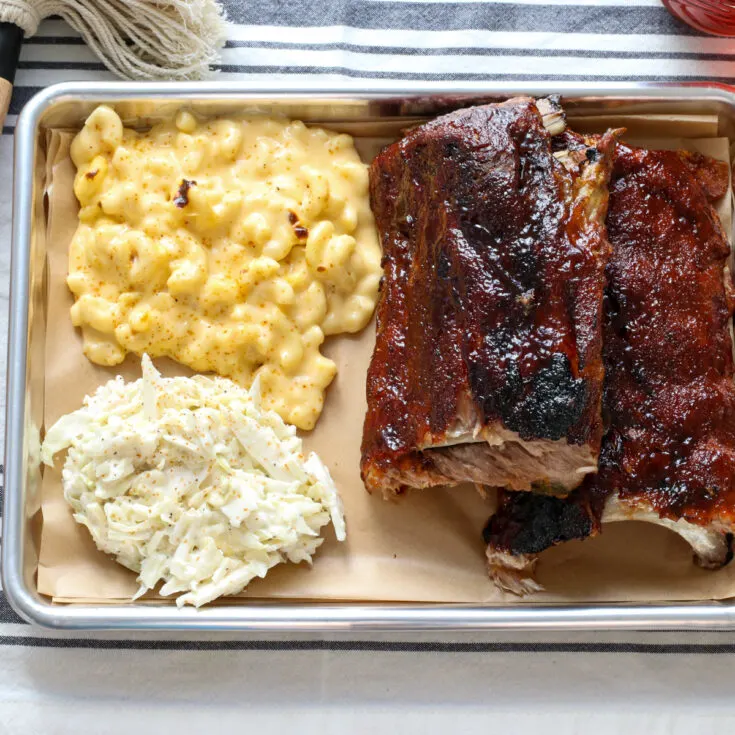
Methods for Safely Defrosting Ribs
Following the USDA Guidelines
Now that we have an understanding of the critical importance of safe thawing options, let's delve into the specific methods for defrosting ribs effectively. Each method comes with its own pros and cons, but they all align with USDA guidelines to ensure your ribs remain juicy and delicious.
1. Refrigerator Thawing
This method is the gold standard for a reason.
- Pros: It's the safest option; maintaining a temperature below 40°F helps prevent bacterial growth while preserving flavor and texture.
- Cons: It requires planning, taking about 24 hours for every 5 pounds of meat.
Simply place your wrapped ribs on a plate in the fridge, ideally on the bottom shelf to catch any drips.
2. Cold Water Thawing
If you're short on time, cold water thawing is a solid alternative.
- Steps:
- Seal the ribs in a leak-proof bag.
- Submerge them in a bowl or sink filled with cold water.
- Change the water every 30 minutes.
A one-pound package can thaw in under an hour, while larger packages may take up to three hours.
3. Microwave Thawing
Use microwave thawing as a last resort.
- Cons: This method can result in uneven thawing and potentially cooking some parts, pushing the ribs into the 'Danger Zone' temperature (between 40°F and 140°F).
- Tips: If you go this route, remember to cook the ribs immediately and monitor them closely to avoid overcooking.
By following these methods, you can ensure the ribs are safely thawed, ready to be seasoned, cooked, and served to family and friends without any food safety worries!
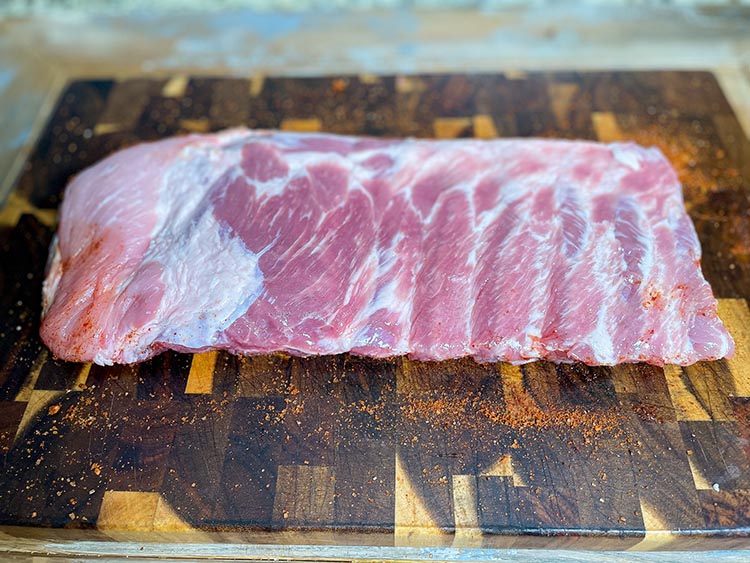
Precautions and Best Practices
Ensuring Safety During the Thawing Process
When it comes to thawing ribs, safety should always be a top priority. Following the appropriate guidelines not only ensures delicious results but also protects you and your family from foodborne illnesses. With a little preparation, anyone can master the art of safe defrosting.
Key Precautions to Follow
- Never Thaw on the Counter: Leaving ribs out at room temperature can result in the outer layers entering the "Danger Zone" (40°F to 140°F), where bacteria flourish. Resist the temptation to speed up the thawing process!
- Avoid Hot Water: Submerging your ribs in hot water might seem quick, but it's a surefire way to ruin taste and texture while risking safety.
- Monitor Temperature: Always ensure ribs are kept below 40°F while thawing, especially if you're using cold water.
Helpful Tips
- If using cold water to thaw, change the water every 30 minutes to maintain a safe temperature.
- For refrigerator thawing, allow about 24 hours per 5 pounds of meat, placing the ribs on the bottom shelf to prevent any leaks contaminating other foods.
- If you find yourself in a time crunch, consider cooking ribs directly from frozen. Just remember they’ll take longer—up to 50% more time!
Following these precautions will help you enjoy perfectly cooked ribs that are safe and flavorful, ready for your next grilling adventure!
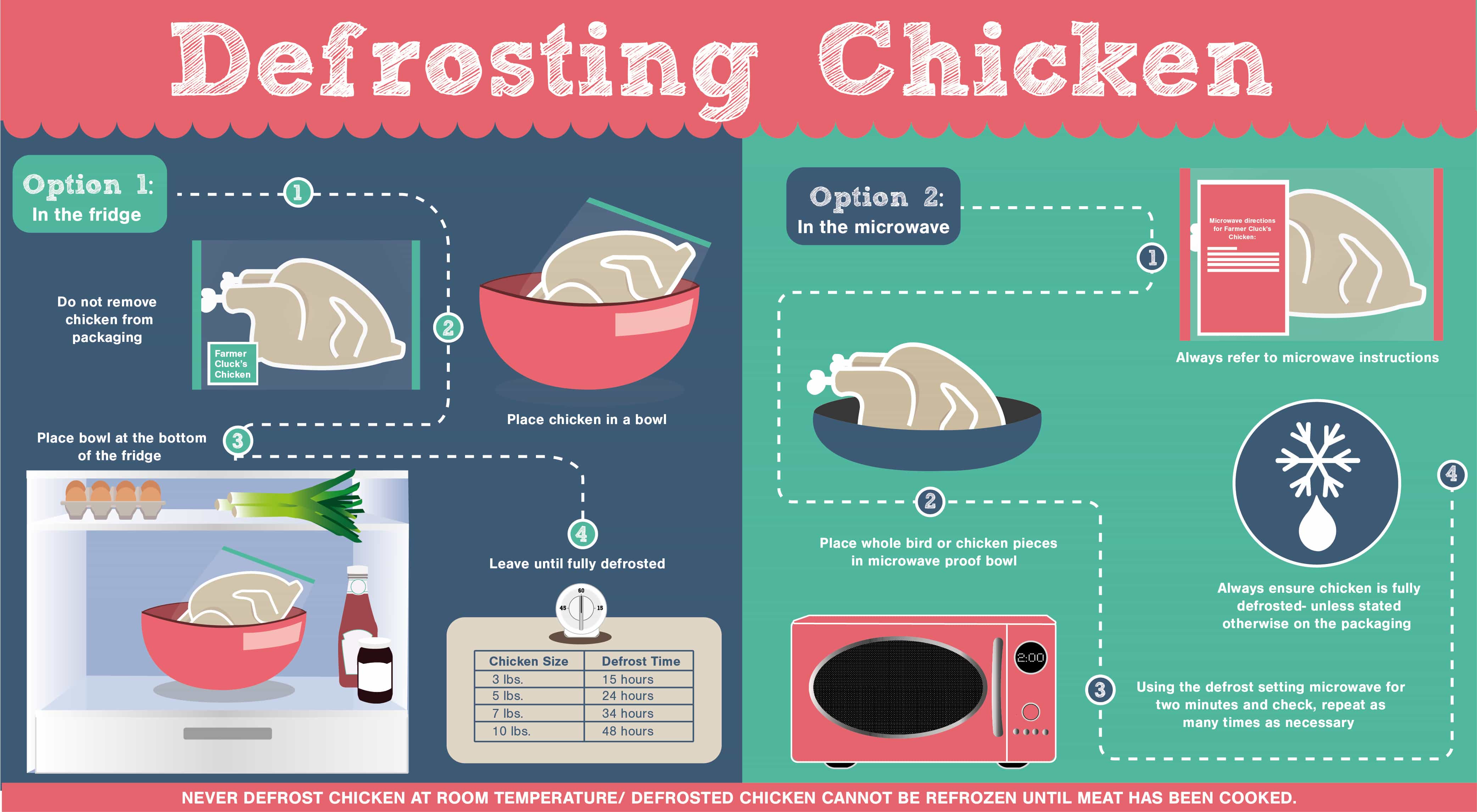
Cooking Recommendations After Defrosting
Getting Ready to Cook Delicious Ribs
Now that the ribs are safely defrosted, the next step is to prepare them for cooking. Whether you're planning to grill, smoke, or bake, how you proceed can make all the difference in the final flavor and texture of the meat.
Essential Cooking Tips
- Seasoning: Start with a dry rub or marinade to enhance flavor. A blend of spices can work wonders! For instance, a mix of paprika, garlic powder, brown sugar, and a dash of cayenne can give your ribs that perfect kick.
- Cooking Methods:
- Grilling: A medium heat is ideal for grilling ribs. Place them bone side down for an even cook.
- Smoking: If you're using a smoker, consider a wood that complements the meat, such as hickory or applewood.
- Oven: If opting for the oven, wrap the ribs in foil to lock in moisture and cook them at around 300°F for a few hours.
- Internal Temperature: Aim for an internal temperature of 195°F. This is what turns tough collagen into tender, juicy goodness.
Resting the Ribs
Don’t forget one key step: resting! After cooking, let the ribs rest for 10 to 15 minutes. This allows the juices to redistribute, ensuring every bite is as juicy as possible.
Following these recommendations will lead to fall-off-the-bone ribs that might just earn you the title of grill master. Happy cooking!
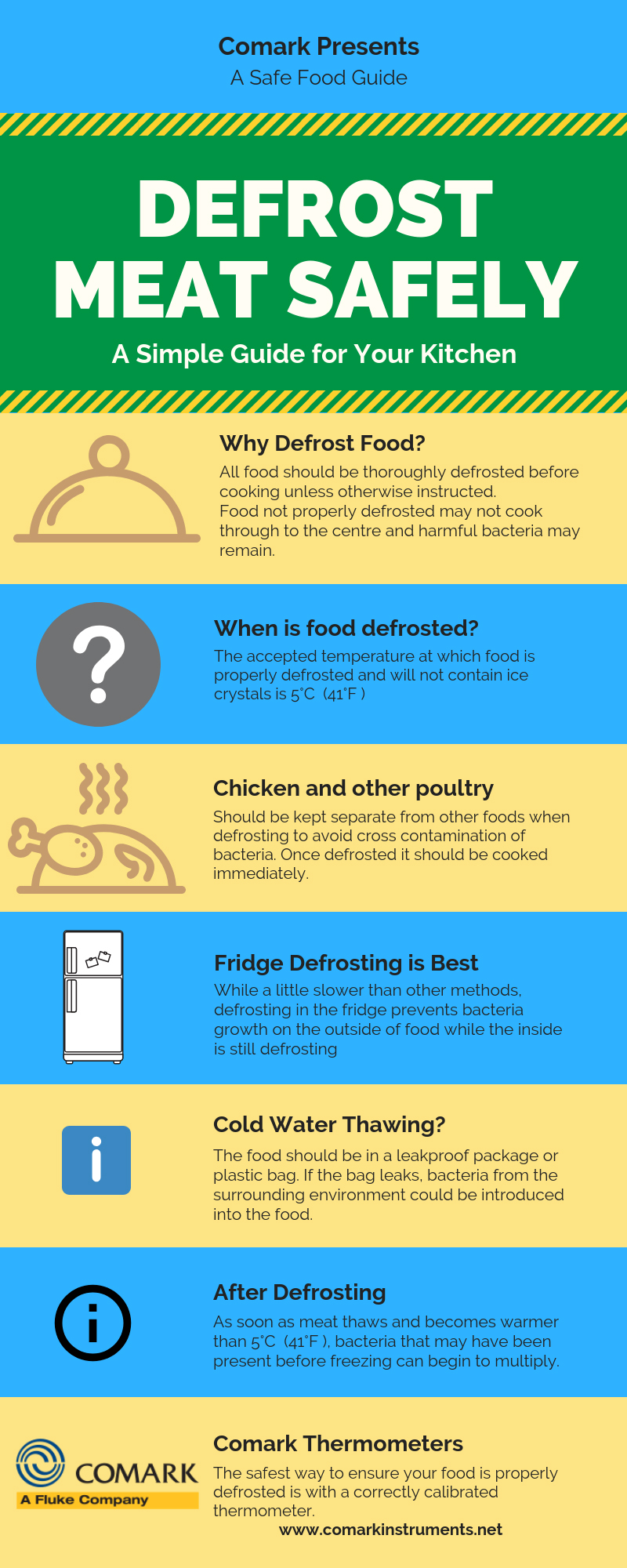
Troubleshooting Defrosting Issues
Addressing Common Problems
Defrosting ribs can sometimes lead to unexpected challenges, but don't worry! With a few troubleshooting tips, anyone can navigate potential issues like a pro. These hiccups might occur whether you’re using the refrigerator, cold water, or microwave for thawing.
1. Uneven Thawing
One of the most common problems is uneven thawing, especially when choosing the microwave method. This can leave some areas of the meat partially cooked—definitely a food safety concern!
- Solution: To tackle this, ensure that you’re using a microwave-safe container that allows for ample airflow. If your microwave doesn't rotate, manually rotate the ribs halfway through the defrosting process to achieve an even thaw.
2. Excessive Moisture
Occasionally, thawed ribs may end up either soggy or watery, especially when using the cold water method.
- Solution: Always seal the meat in a leak-proof bag to prevent water absorption. If you notice excess moisture after thawing, pat the ribs dry with a paper towel before cooking. This helps in achieving that crisp outer layer when grilling or baking.
3. Not Enough Time to Thaw
Sometimes life gets busy, and defrosting can feel like a race against the clock.
- Solution: If you find yourself in this predicament, remember that it's safe to cook ribs directly from frozen. Just add 50% more cooking time and ensure that they reach the recommended internal temperature of 195°F.
By being aware of these common defrosting issues and knowing how to address them, you're well on your way to enjoying perfectly cooked ribs every time!
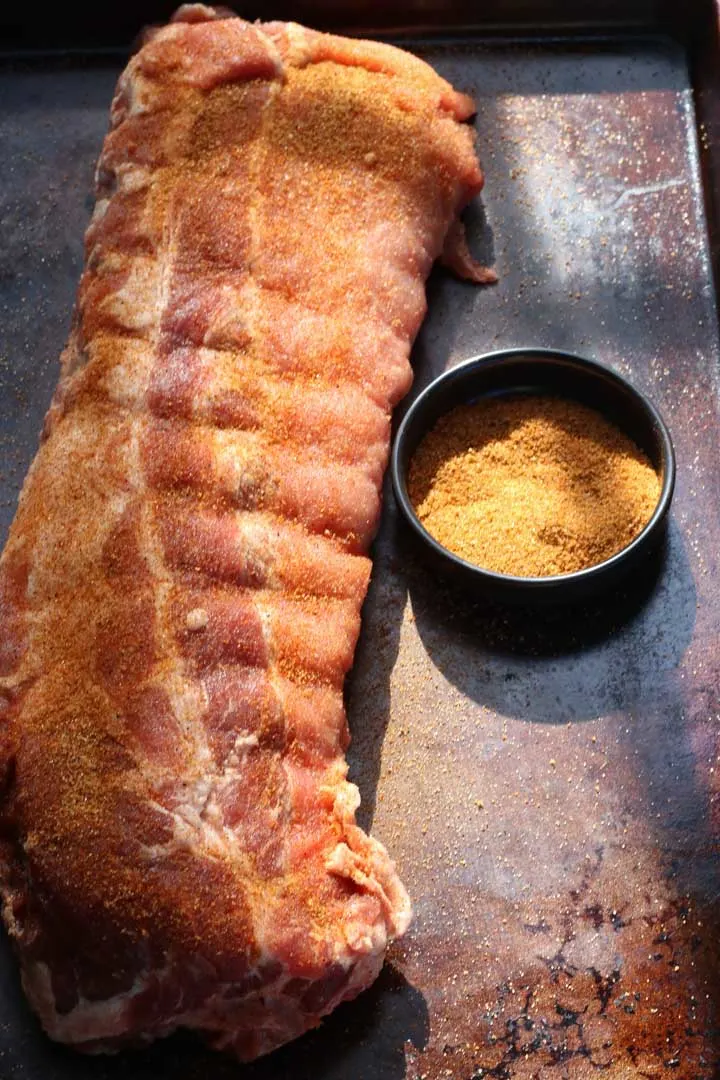
Final Tips and Summary
Putting It All Together
As we wrap up this guide on safely defrosting ribs, it’s essential to remember that the methods you choose can significantly impact both flavor and safety. Proper thawing sets the stage for delicious, tender meat that you and your guests will love.
Key Takeaways
- Choose the Right Method: Always opt for one of the three safe thawing methods—refrigerator thawing, cold water thawing, or, as a last resort, microwave thawing.
- Maintain Food Safety: Ensure that meat stays below 40°F while thawing to prevent bacteria growth. New cooks might find it helpful to invest in a food thermometer to monitor temperatures accurately.
- Cook Immediately: After using the cold water or microwave methods, cook the ribs right away to avoid any food safety risks. On the contrary, ribs thawed in the refrigerator can remain in good condition for a few days.
- Don’t Rush: Remember that while cooking from frozen is possible, it will take extra time. Plan your cook times wisely.
Final Thoughts
With these strategies in hand, you’re ready to tackle rib defrosting with confidence. Don’t be afraid to experiment with flavors and cooking styles. The more you cook, the more comfortable you will become. Enjoy those tasty ribs, and feel free to share your cooking triumphs and tips with fellow grilling enthusiasts! Happy cooking!

A Bergen County institution celebrating authentic Jewish cuisine since 1985. Our pastrami—brined for 14 days, smoked over applewood for 12 hours, and steamed to perfection—creates a melt-in-your-mouth experience that rivals Manhattan’s finest delis. Our rye bread is baked fresh daily using a century-old recipe from Poland. Featured in Food & Wine’s “Top 10 Delicatessens in America” and on Food Network’s “Best Thing I Ever Ate.” Chef Moshe Greenbaum, a third-generation deli master trained at the Culinary Institute of America, ensures every sandwich meets our exacting standards. No wonder our customers drive from three states away.
Leave a Reply